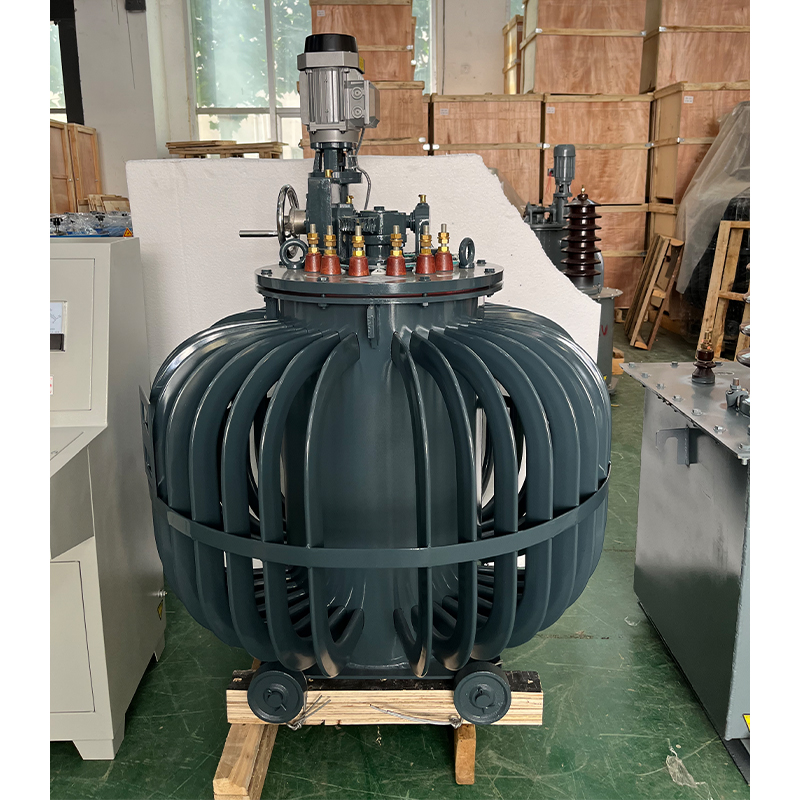calibrate insulation resistance tester suppliers
Understanding the Importance of Calibration for Insulation Resistance Testers
When it comes to electrical safety and reliability, the significance of insulation resistance testing cannot be overstated. Insulation resistance testers, also known as megohmmeters, play a crucial role in assessing the integrity of electrical insulation in various applications, from industrial machinery to building wiring. However, the accuracy of these tests largely depends on the calibration of the testing equipment. In this article, we will explore the importance of calibration for insulation resistance testers, the process involved, and how to choose reliable suppliers for quality calibration equipment.
The Importance of Calibration
Calibration is the process of configuring an instrument to provide a result for a sample within an acceptable range. For insulation resistance testers, this ensures that the readings obtained during testing are accurate and reliable. Even minor inaccuracies can lead to severe consequences, including electrical failures, shock hazards, and fire hazards. Therefore, regular calibration is essential to maintain compliance with safety standards and regulations.
Additionally, frequent calibration helps in monitoring the performance of testing equipment over time. It allows technicians to identify any drift or degradation in measurement accuracy, thereby enabling proactive measures to maintain safety and reliability.
The Calibration Process
The calibration process for insulation resistance testers typically involves several key steps
1. Reference Standards Calibration must be carried out using precise reference standards, which have known resistance values. These standards should be traceable to national or international measurement standards.
2. Zeroing the Device Before starting the calibration, the device should be zeroed out to eliminate any offset errors. This step ensures that all subsequent readings reflect only the actual resistances measured.
3. Performing Calibration The tester is connected to the resistance reference standards, and readings are taken at various known resistances. These readings are compared against the expected values to determine the accuracy of the insulation resistance tester.
4. Adjustment If the tester’s readings deviate from the reference standards beyond acceptable limits, adjustments need to be made. This may involve mechanical tuning or software recalibration, depending on the device.
calibrate insulation resistance tester suppliers

5. Documentation Once calibration is complete, it is crucial to document the process, including the settings used, the results obtained, and any adjustments made. This record serves as proof of calibration and is essential for regulatory compliance.
Choosing Reliable Calibration Suppliers
Finding a reliable supplier for insulation resistance tester calibration is vital for ensuring accuracy and quality. Here are some factors to consider when selecting a supplier
- Reputation and Experience Look for suppliers with a proven track record in calibration services. Their experience in the industry often reflects their credibility.
- Accreditation Ensure that the calibration laboratory is accredited by recognized bodies, such as ISO/IEC 17025. Accreditation assures you that their calibration processes meet international standards.
- Range of Services A good supplier should offer a comprehensive range of calibration services, ensuring they can meet various testing needs.
- Customer Support Reliable suppliers should provide adequate customer support, including guidance on calibration intervals and any issues related to the testing equipment.
- Turnaround Time Consider suppliers who can provide timely calibration services to minimize downtime. Fast turnaround times can ensure that your testing equipment remains available when needed.
Conclusion
In conclusion, the calibration of insulation resistance testers is critical in maintaining electrical safety and reliability. By ensuring accurate measurements, calibration helps prevent potentially hazardous situations. When choosing a supplier for calibration services, it is essential to consider their reputation, accreditation, range of services, customer support, and turnaround time. By prioritizing calibration, companies can safeguard both their personnel and equipment, ensuring a safe working environment.
-
Why the Conductor Resistance Constant Temperature Measurement Machine Redefines Precision
NewsJun.20,2025
-
Reliable Testing Starts Here: Why the High Insulation Resistance Measuring Instrument Is a Must-Have
NewsJun.20,2025
-
Flexible Cable Flexing Test Equipment: The Precision Standard for Cable Durability and Performance Testing
NewsJun.20,2025
-
Digital Measurement Projector: Precision Visualization for Modern Manufacturing
NewsJun.20,2025
-
Computer Control Electronic Tensile Tester: Precision and Power for the Modern Metal Industry
NewsJun.20,2025
-
Cable Spark Tester: Your Ultimate Insulation Assurance for Wire and Cable Testing
NewsJun.20,2025
 Copyright © 2025 Hebei Fangyuan Instrument & Equipment Co.,Ltd. All Rights Reserved. Sitemap | Privacy Policy
Copyright © 2025 Hebei Fangyuan Instrument & Equipment Co.,Ltd. All Rights Reserved. Sitemap | Privacy Policy
